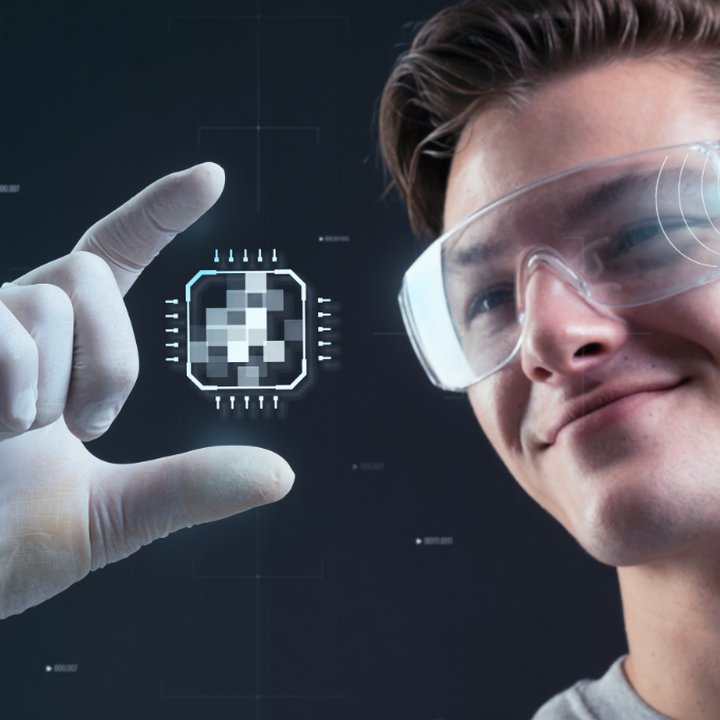AI Shaping the Future for Generation Alpha
Just as mobile phones and the internet have shaped the lives of previous generations, AI is poised to have a profound impact on Generation Alpha, the group still being born today.
Aug. 1, 2023

The U.S. Department of Education recognizes the potential of AI in revolutionizing education and aims to promote its use to improve teaching and learning through technological advancements.
It is devoted to supporting technology in education and fostering innovation in educational systems. The U.S. Department of Education's report emphasizes the need for knowledge sharing and policy development concerning Artificial Intelligence, an emerging class of capabilities increasingly integrated into educational technology.
Educators have become increasingly intrigued by AI-powered tools that can enhance teaching and learning experiences. AI applications, such as speech recognition for supporting students with disabilities and personalized learning experiences, offer new opportunities to cater to individual needs and foster adaptivity in digital learning tools. However, educators remain cautious about potential risks, including data privacy and security issues, algorithmic bias, and the authenticity of AI-generated content.

Governments worldwide are actively exploring AI-related policies, and education-specific policies are vital to ensure the responsible integration of AI in the education sector. Such policies should align with existing privacy laws and ensure compliance with relevant regulations, such as the Family Educational Rights and Privacy Act (FERPA) and the Individuals with Disabilities Education Act (IDEA). Policymakers and educational stakeholders need to collaboratively work on guidelines, disclosures, and regulations to create a safe and positive AI future for students and teachers.
The rapid development of AI, particularly in generating images and text, has led to more natural interactions between humans and AI assistants. AI-enabled educational systems are expected to facilitate more intuitive and human-like interactions, enhancing the teaching and learning experience. Automated actions, such as personalized learning trajectories, homework assistance, and teacher support, are also anticipated to become common in AI-powered edtech.

The idea of "human-like" reasoning in AI can be traced back to the landmark 1968 film "2001: A Space Odyssey," where the computer "HAL" exhibits human-like behaviors, such as reasoning, talking, and acting. While AI can assist humans in various ways, it also introduces unanticipated risks, especially since AI reasons differently than humans and may lead to biases and false facts. The challenge lies in finding the right balance between utilizing AI capabilities and retaining human decision-making when necessary.
AI systems and tools identify patterns and choose actions to achieve specific goals. For instance, personalized learning systems may recognize signs that a student is struggling and recommend alternative instructional sequences. However, the scope of pattern recognition and automated recommendations raises questions about how instructional choices are made in systems that include both humans and algorithms. Humans must play an active role in setting goals, analyzing patterns, and making decisions, as AI lacks the ability to incorporate contextual information effectively.
The growing interest in AI in education necessitates careful consideration of its benefits and challenges.
Policymakers, educators, and stakeholders must collaborate to create policies that ensure the responsible and ethical integration of AI in educational technology. By doing so, AI can become a powerful tool in enhancing teaching and learning experiences while safeguarding the well-being and privacy of students and educators.
AI in education involves automation based on data associations, revolutionizing computing beyond traditional EdTech.
While AI offers opportunities to enhance education, it also presents challenges related to bias and decision automation.